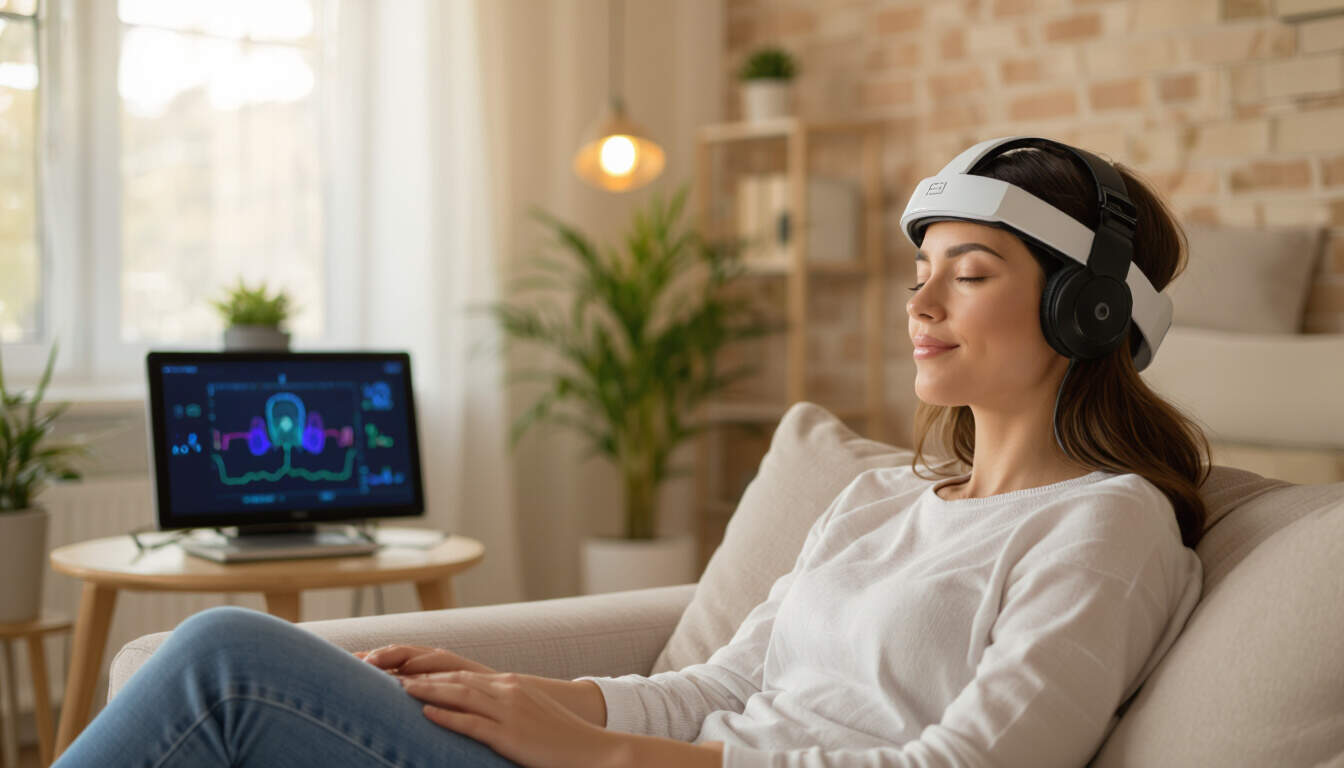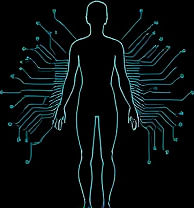Neurofeedback Home Devices and Their Role in Brain Optimization
 by Marlene Keeling
by Marlene Keeling
Neurofeedback home devices offer a way to train the brain for better focus and relaxation. These tools use sensors to provide real-time feedback, helping users enhance cognitive function and overall well-being from the comfort of home. Discover how they fit into personal health routines.

Neurofeedback home devices represent an exciting area in brain training, allowing individuals to monitor and improve their mental states without leaving home. These devices use sensors to detect brain waves and provide feedback that helps users adjust their thoughts and behaviors.
In the field of brain training, neurofeedback stands out as a method that empowers people to take control of their cognitive health. For instance, by wearing a simple headband equipped with electrodes, users can see patterns in their brain activity. This process involves the brain learning to self-regulate, leading to benefits like reduced anxiety.
One key aspect is how these devices integrate with daily life. Many models connect to apps on smartphones, making it easy to track progress over time. Neurofeedback sessions might last just 20 minutes, fitting seamlessly into a busy schedule. This accessibility means more people can explore ways to boost their mental clarity.
When considering health optimization, the potential of these tools becomes clear. Users often report improvements in sleep quality after consistent use. For example, by training the brain to enter calmer states, individuals can address issues like insomnia. Wearable technology like neurofeedback devices plays a crucial role here, offering data that guides personal adjustments.
Benefits for Cognitive Enhancement
The advantages extend to areas such as focus and memory. Studies show that regular neurofeedback can enhance attention spans, particularly for those seeking better performance in work or study. Brain health improvements come from repeated sessions where users receive immediate feedback on their brain waves.
In practice, this might involve games or visualizations that respond to brain activity. As users play, they learn to maintain desired states, like increased alertness. This interactive element makes the process engaging and motivational for tech-savvy enthusiasts.
Another angle is how neurofeedback complements other biohacking strategies. For those interested in nootropics, combining supplements with brain training can amplify effects. While nootropics might provide a temporary boost, neurofeedback offers long-term changes by rewiring neural pathways.
Choosing the Right Device
Selecting a home device involves looking at features like ease of use and accuracy. Options range from basic EEG headsets to more advanced systems with multiple sensors. Factors such as comfort and compatibility with devices like tablets matter for everyday application.
For beginners, starting with a simple model can build confidence. Many include guided programs that explain how to interpret feedback. This step-by-step approach ensures users feel supported as they begin their journey toward better mental performance.
Real-world examples highlight success stories. A professional might use neurofeedback to manage stress during high-pressure projects, leading to sustained productivity. Over time, these practices contribute to overall personal enhancement, fostering a sense of achievement.
Integrating with Wellness Routines
To maximize results, incorporate neurofeedback into broader wellness plans. This could mean pairing sessions with exercise or meditation for a holistic approach. The data from devices provides insights that help fine-tune these routines, making adjustments based on measurable outcomes.
Challenges may arise, such as needing time for consistent use, but the rewards make it worthwhile. Users often find that after a few weeks, they notice subtler changes, like improved emotional resilience. Personal enhancement through such tools encourages a proactive mindset toward health.
In summary, neurofeedback home devices open doors to better brain function and well-being. By offering tools for self-improvement, they appeal to those eager to optimize their lives. Whether aiming for sharper focus or deeper relaxation, these devices provide a pathway to sustained cognitive gains.
For tech enthusiasts, the appeal lies in the blend of innovation and practicality. Exploring options and experimenting with routines can lead to transformative results, inspiring ongoing commitment to health optimization.
